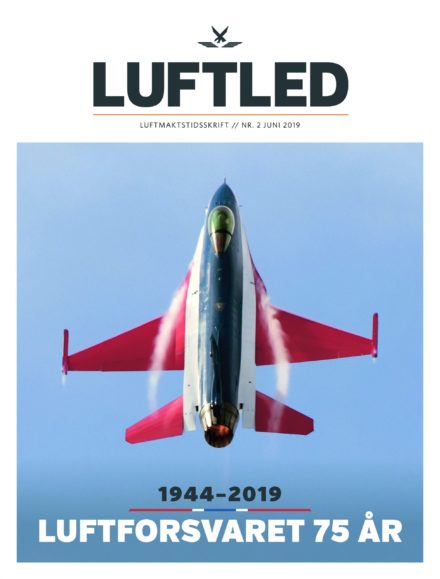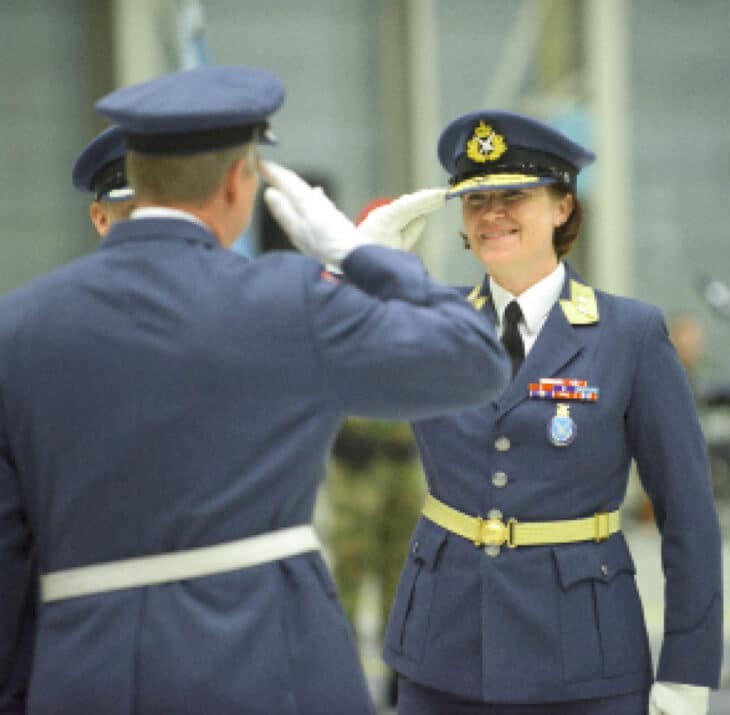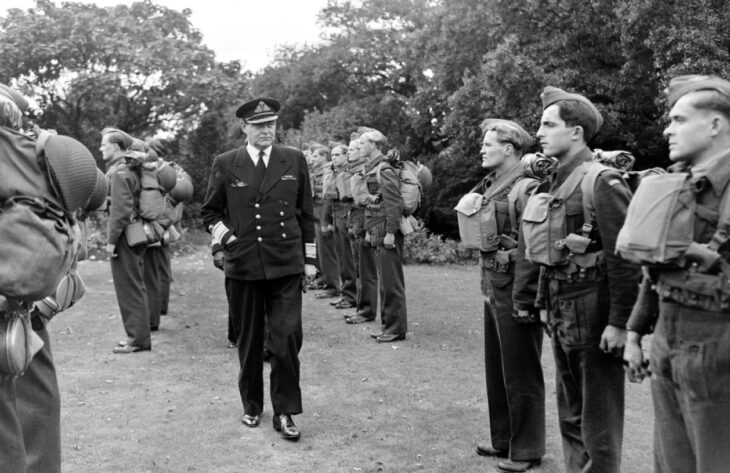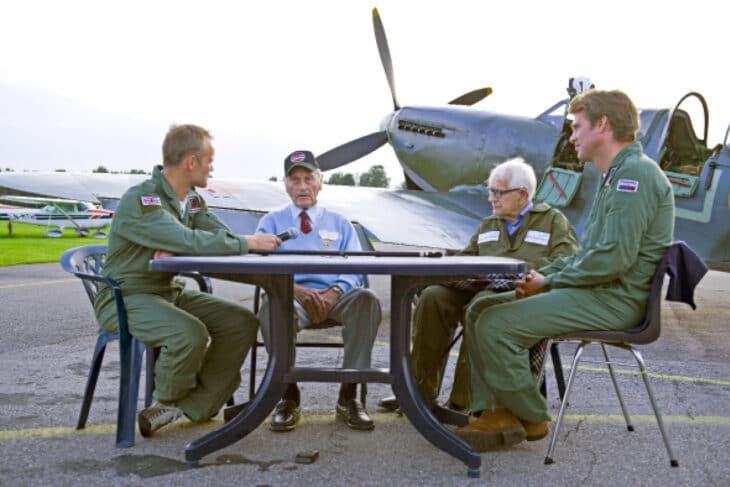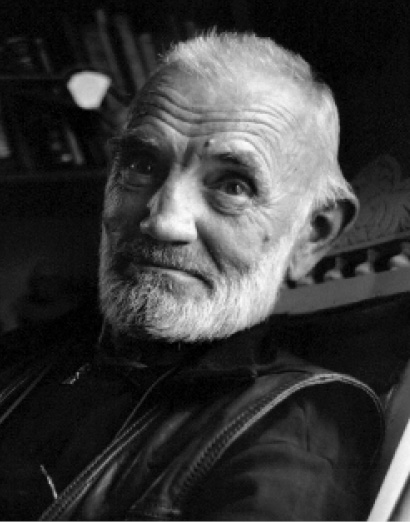Old Friendships, New Horizons: The Royal Air Force and the Royal Norwegian Air Force
It seems to be a particularly rich era for anniversaries. Last year, the Royal Air Force (RAF) celebrated the centenary of its own formation, and as the world’s oldest independent air force, we have special reason to celebrate the Royal Norwegian Air Force’s (RNoAF) 75th anniversary this year.
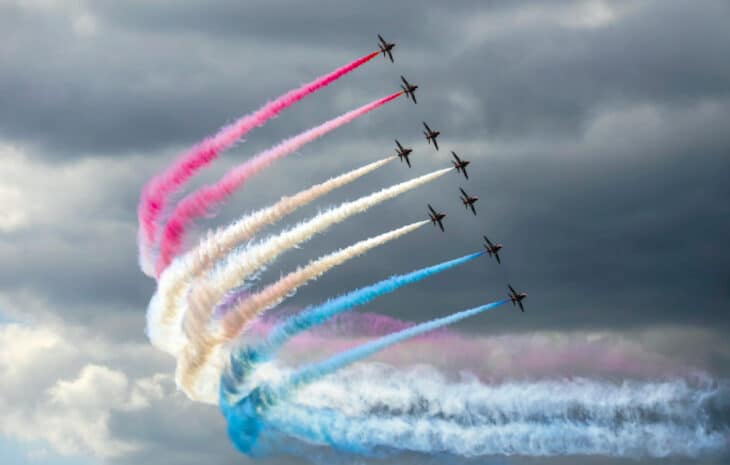
Indeed, as the late Lieutenant General Wilhelm Mohr generously said to the cadets of the Royal Norwegian Air Force Academy on the occasion of the RNoAF’s 50th anniversary: I also believe we should remember the Royal Air Force. This splendid organization that offered us trust and led us forward; which we rightfully can regard as godparents to the circumstances we hereby celebrate.1
And so I hope it is not too presumptuous to say that it is with a sense of pride unique to godparents that the RAF offers its sincere congratulations to the Royal Norwegian Air Force in this auspicious anniversary year. Both of our countries’ Air Forces were forged in the crucible of World Wars, the Royal Air Force emerging fully fledged in the Spring of 1918, and the Royal Norwegian Air Force following 26 years later as the bitter final stages of the Second World War were being fought out. And it is in the context of that latter conflict that the RAF and RNoAF forged the bonds that continue to provide the moral basis of our relationship today, providing the shared ethos, sense of purpose (and humour) that define our collaborative endeavours.
It is with a sense of pride unique to godparents that the RAF offers its sincere congratulations to the Royal Norwegian Air Force
Shoulder-to-shoulder
Our similar approaches and Norwegian airmen and women’s immaculate grasp of our native language (which to our shame we fail to reciprocate!) make us natural partners. Throughout the post-war period, and indeed into the present era, we have stood shoulder-to-shoulder in the face of aggression, from the omnipresent danger posed by the Soviet Union in the Cold War to the hybrid threats posed by Putin’s Russia to Western Democracies today, and from addressing the scourge of ethnic cleansing in the Balkans to the peacekeeping and stabilisation missions we have both conducted on behalf of the United Nations and NATO. Our geographies provide a natural basis for co-operation, as so visibly demonstrated when Quick Reaction Alert (QRA) RNoAF F-16 fighters hand-over the shadowing of Russian long-range bombers to RAF Typhoons over the North Sea.
P-8 strategic facility
But there is more than just communication, affinity and geography to our two Air Forces’ enduring relationship. We are putting real substance into our joint efforts, not least through the approach we are taking to the introduction to service of the P-8A Poseidon, which will mark a new era for RAF-RNoAF co-operation. Recognising our common requirements and geographical proximity, we are making a bold step in building a P-8 strategic facility in northern Scotland at RAF Lossiemouth, a station known to generations of Norwegian airmen, and not far from the old RAF Coastal Command Station at Banff, from which 333 Squadron – still active today with the P-3C Orion – launched many of its wartime strike missions against German shipping off the Norwegian coast and in the fjords.
The P-8 is a great example of international collaboration within the NATO family, and the Royal Air Force will be celebrating the delivery of its first aircraft in October this year. Once again, very soon Norwegian and British maritime patrol crews will be operating together in the North Atlantic Ocean and Arctic regions, securing NATO’s maritime defences against renewed surface and sub-surface threats.
New opportunities with F-35s
Of equal importance to our two Air Forces is the F-35 Lightning II programme. Whilst the RAF’s Typhoon multi-role fighter will continue to perform a variety of roles well into the future, including QRA, the venerable F-16s of 331 and 332 Squadrons of the RNoAF will hand over the entirety of their roles to the F-35 in the next few years. The RAF’s Lightnings will be dedicated to attack roles initially, operating from air bases on land and onboard the Royal Navy’s new aircraft carriers, HMS Queen Elizabeth and HMS Prince of Wales. But whilst the RAF and RNoAF will be operating different types of F-35 (the UK opting for the ‘B’ Short-Take-Off and Vertical Landing variant, and Norway choosing the ‘A’ conventional take-off and landing model), there will be ample opportunity for our Air Forces to develop the tactics and procedures that will develop this unprecedented capability into something truly formidable.
Throughout the post-war period, and indeed into the present era, we have stood shoulder-to-shoulder in the face of aggression
Quality air power
The future relationship between the RAF and RNoAF is therefore extremely bright. Indeed, in this 75th Anniversary year of the RNoAF’s formation, it is perhaps the ideal moment for our two Air Forces to reaffirm our long-standing partnership. Returning to Lieutenant General Wilhelm Mohr’s address to the RNoAF Academy a quarter of a century ago, he emphasised the importance of ‘quality’: ‘Whatever the future may hold, quality will always provide a safe route. Quality is also a goal in itself – a key to inspiration and job satisfaction – and thereby contributing to safety’.2
Throughout their mutual histories, the RNoAF and RAF have been bywords for quality – in their equipment, their training, and especially the men and women who fill their ranks. As we look into a more strategically challenging future, one thing is certain: that now, as in 1944 when the RNoAF was formed, our two Air Forces will continue to deliver the quality of air power that has secured our freedom for generations.
